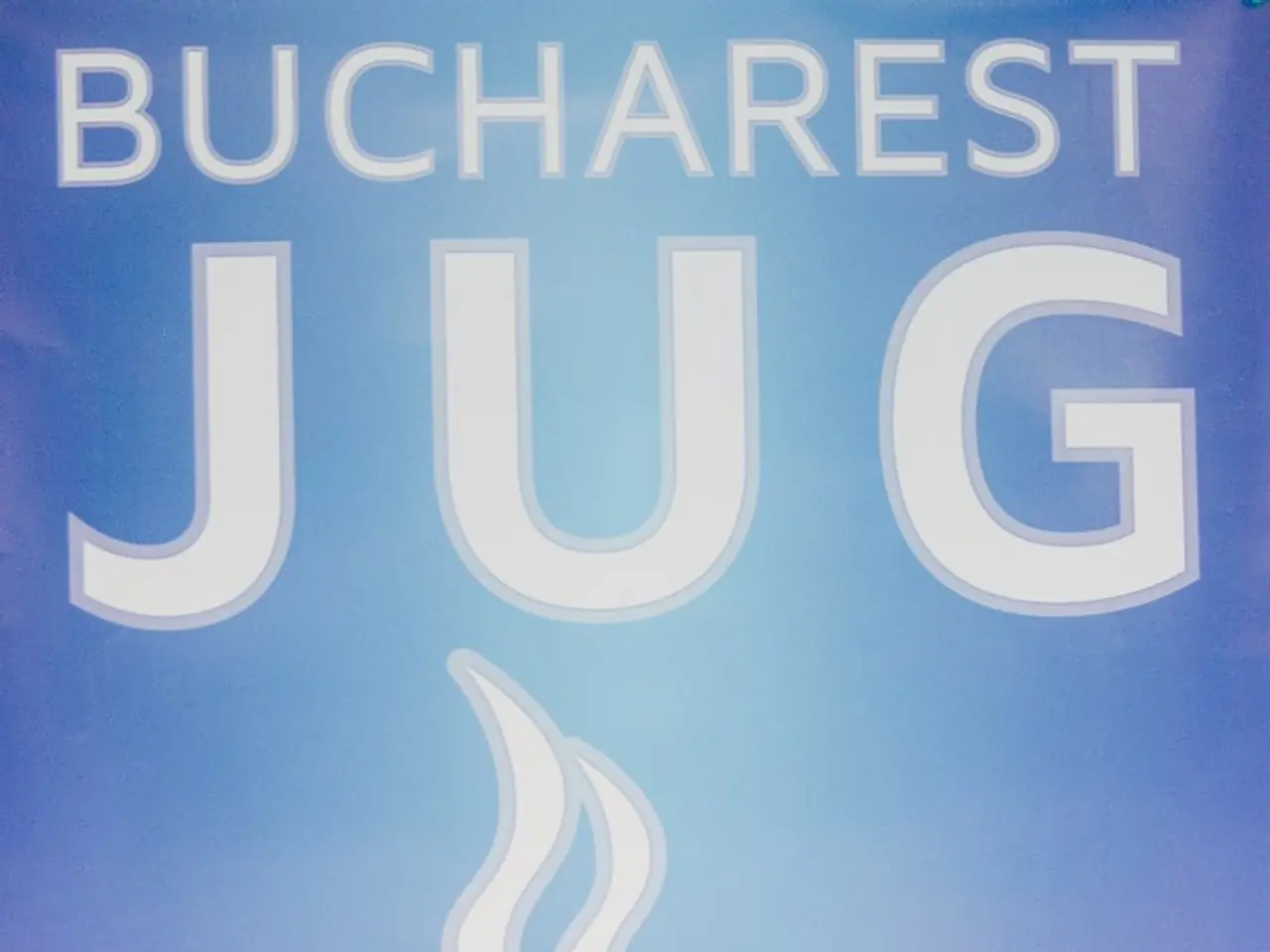Building Unforgettable Moments through Brand Engagement Strategies
In today's competitive market, brands are constantly seeking innovative ways to stand out and engage consumers. One such approach is brand activation, a strategy that focuses on creating immersive, interactive experiences to emotionally engage consumers and build lasting connections.
By leveraging technology such as augmented and virtual reality, interactive apps, and immersive product interactions, brands can offer consumers a unique, memorable experience that sets them apart from competitors. This approach encourages consumers to see, touch, and engage directly with products, enhancing authenticity and trust.
Brand activation strategies are designed to foster emotional engagement and interactive participation. Memorable, emotionally charged experiences that resonate with consumer values help build natural relationships, fostering loyalty and brand advocacy. These experiences can take the form of pop-up shops, event activations, storytelling, or digital campaigns.
The benefits of brand activation are manifold. They include increased brand awareness, deeper emotional connections, stronger consumer engagement, enhanced long-term loyalty, and amplified word-of-mouth and social sharing. By involving consumers actively and personally, brand activations create a sense of ownership and attachment, converting customers into loyal advocates who remember and recommend the brand.
Collaboration and partnerships are another key element of brand activation. They help increase a brand's presence in a desired demographic and expose it to new consumers. Brand activations can also provide an immersive and memorable storytelling narrative that aligns with events and strategic partnerships.
Creativity plays a crucial role in creating unique and memorable brand activations. A successful brand activation focuses on creating emotional connections with consumers by tapping into their values, aspirations, and needs. Successful activations reveal unique selling propositions and brand personality, helping the brand stand out in crowded markets. For luxury and premium brands, exclusivity in activations drives excitement and emotional connection.
To measure the success of a brand activation, metrics like customer engagement, social media interaction, and sales conversion rates can be used. Ensuring brand activation experiences align with brand values is essential to prevent negative feedback or the perception of inauthenticity.
In summary, brand activation strategies focus on fostering emotional engagement and interactive participation through innovative, authentic experiences. This approach creates lasting customer loyalty and a strong brand community, providing a significant advantage in a competitive market.
- By integrating technology such as augmented reality, virtual reality, and interactive apps into their brand activation strategies, businesses in the finance sector can offer unique, memorable experiences that build trust with consumers.
- Collaborating with other businesses or influencers in the technology industry can help a brand in the insurance business increase its presence in a desired demographic and provide an immersive storytelling narrative during brand activations.




